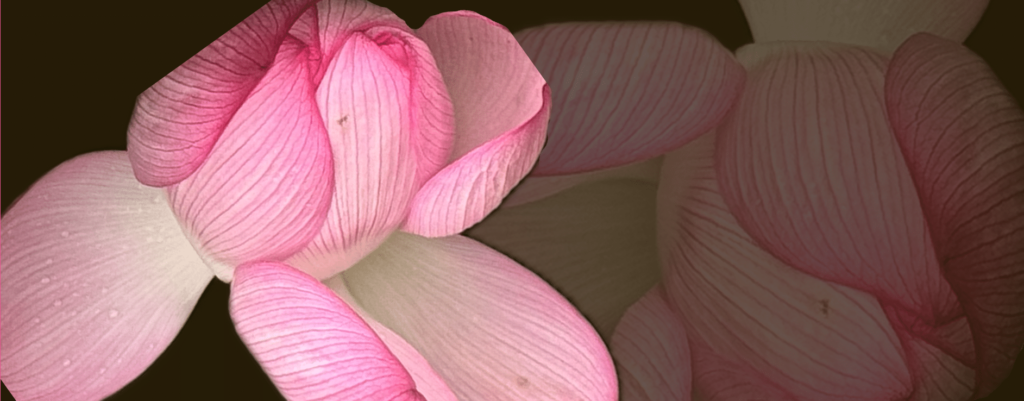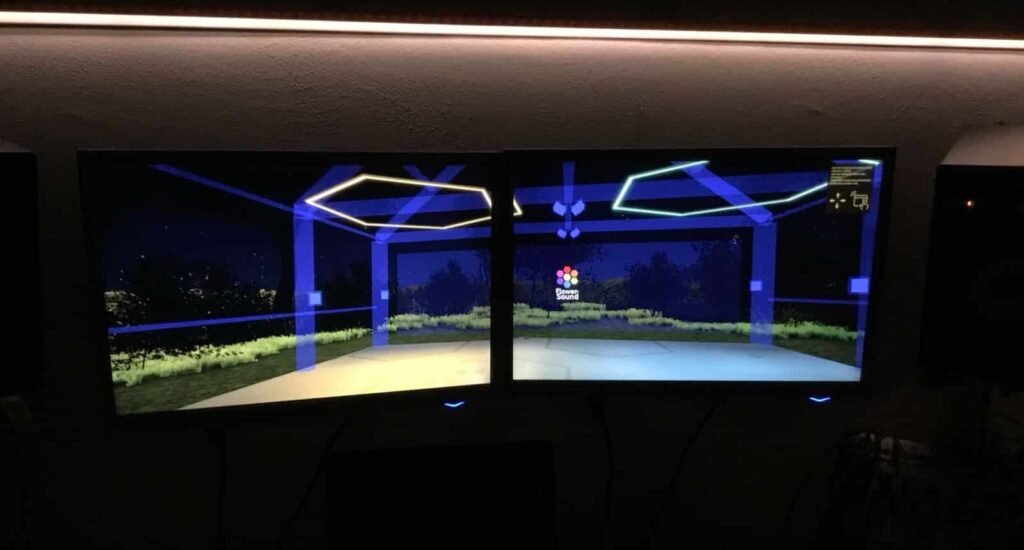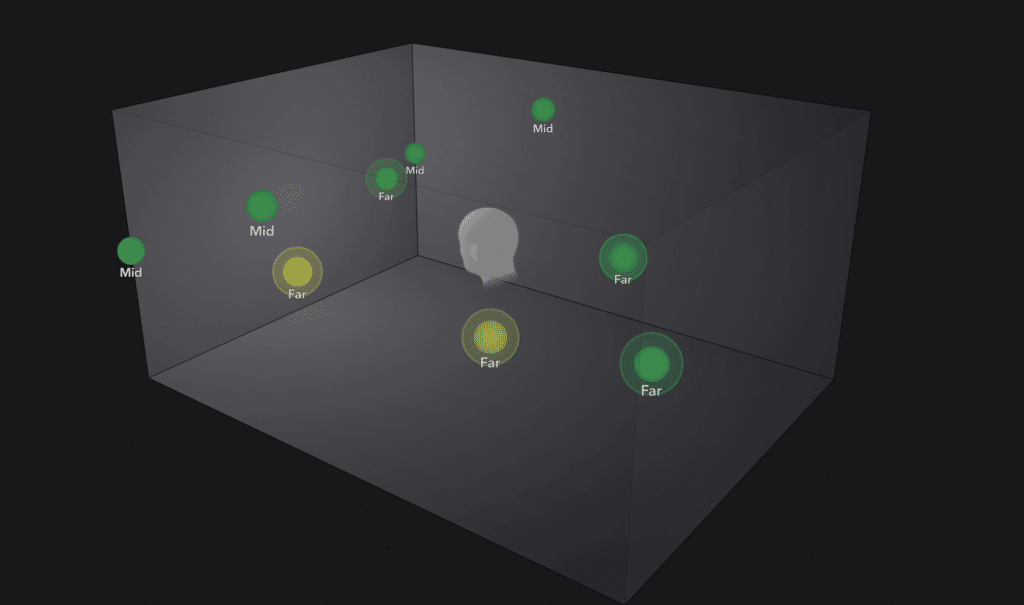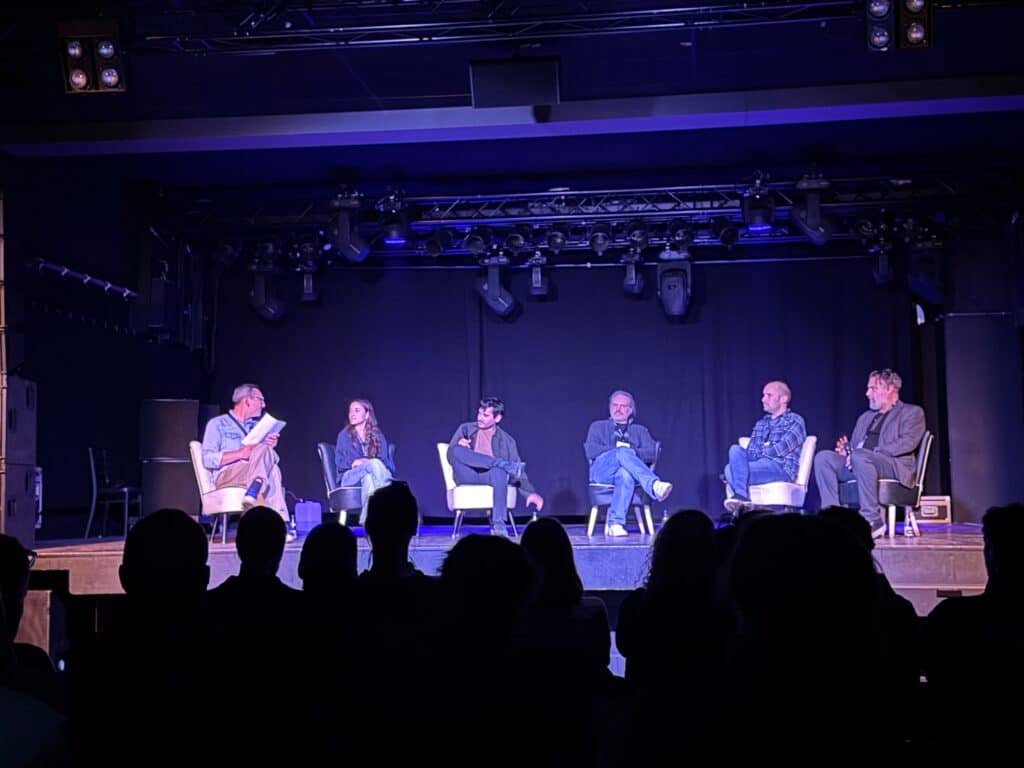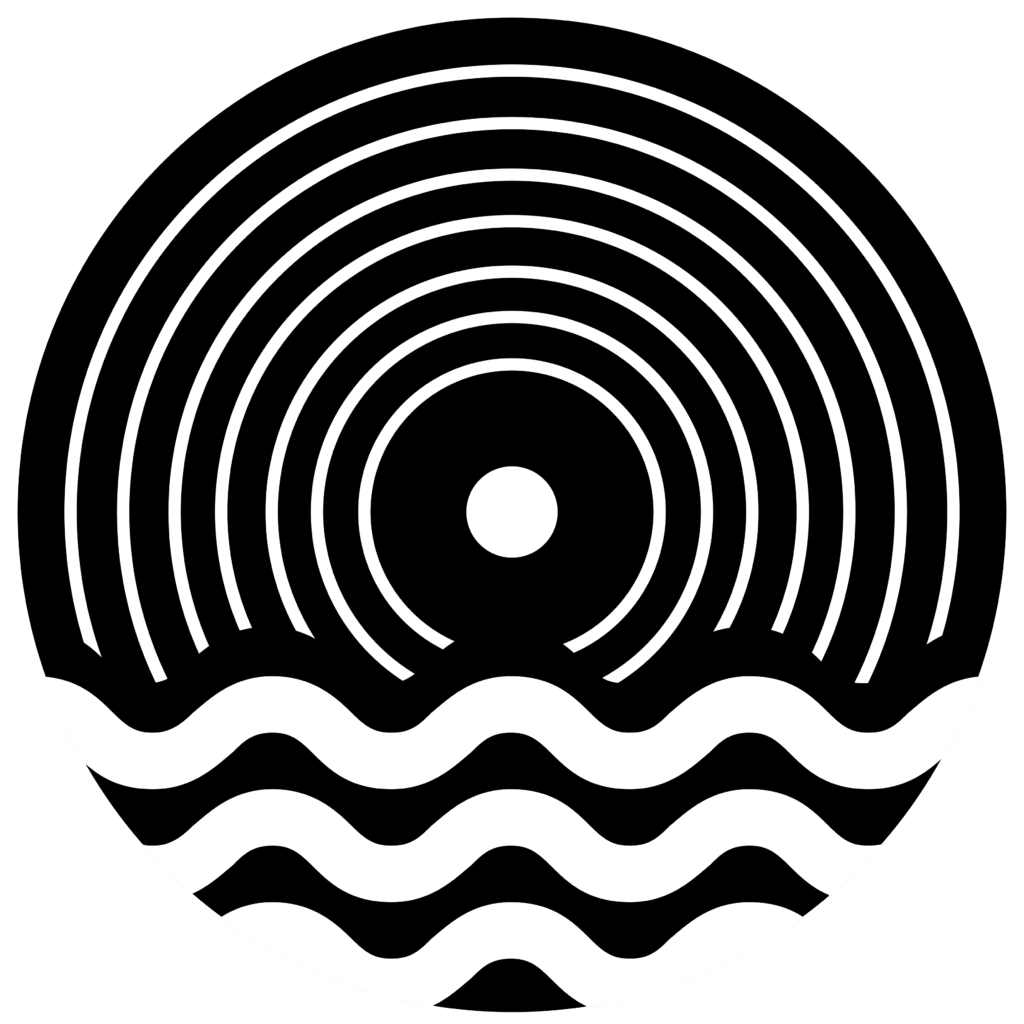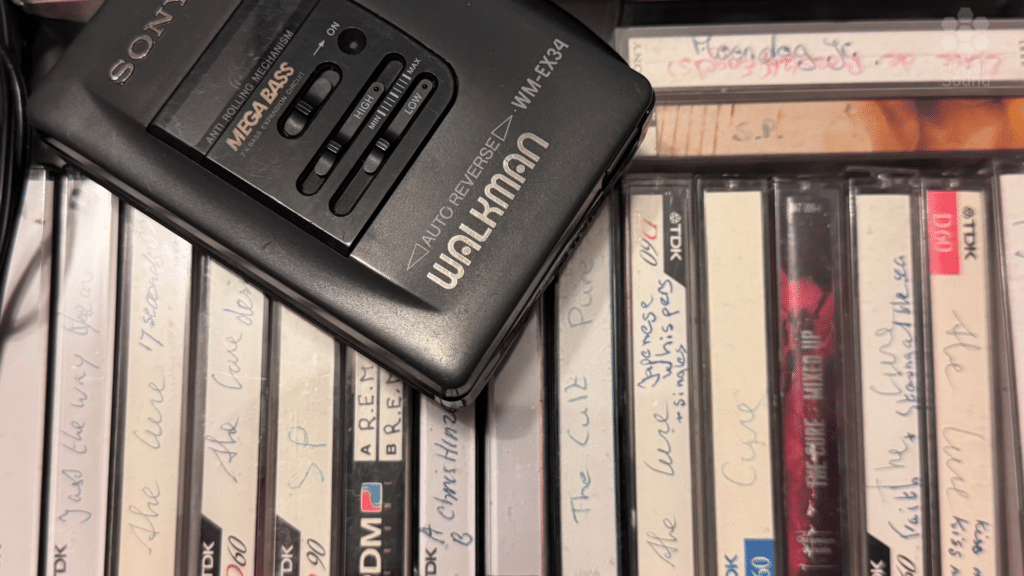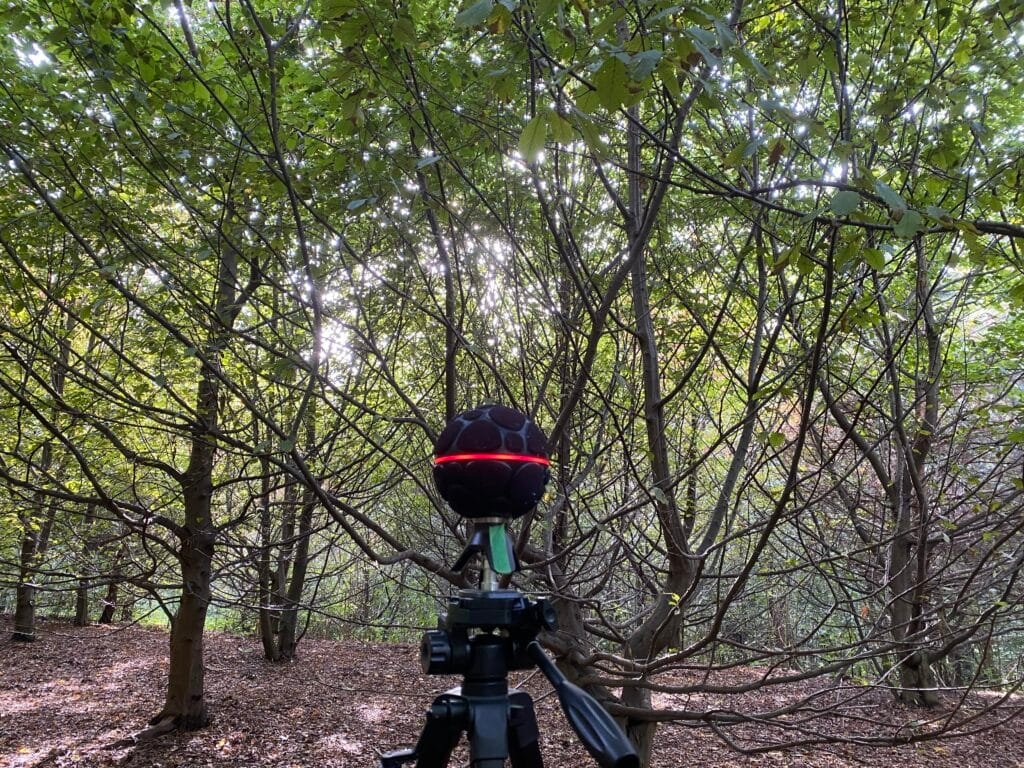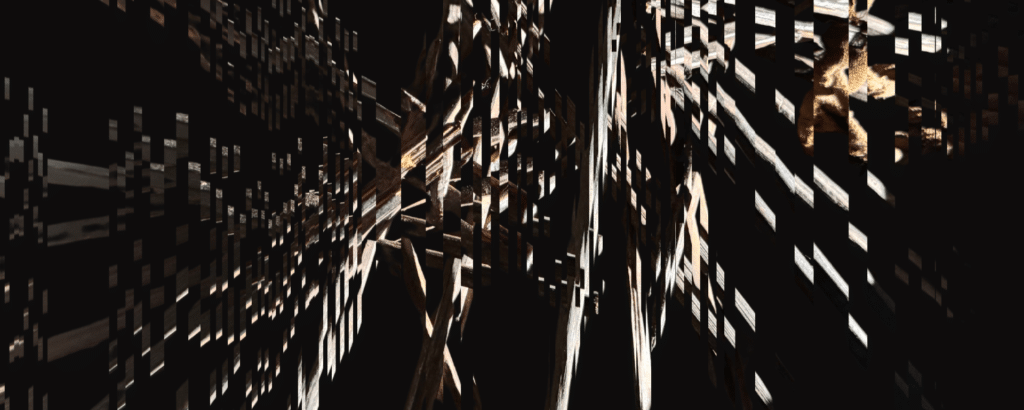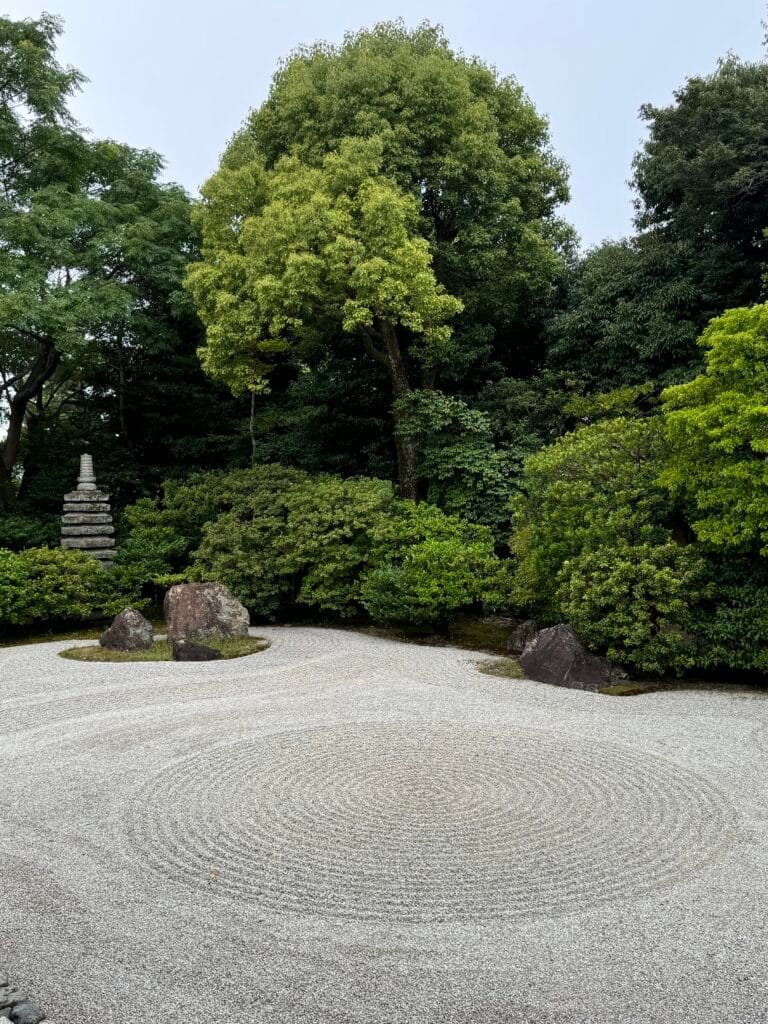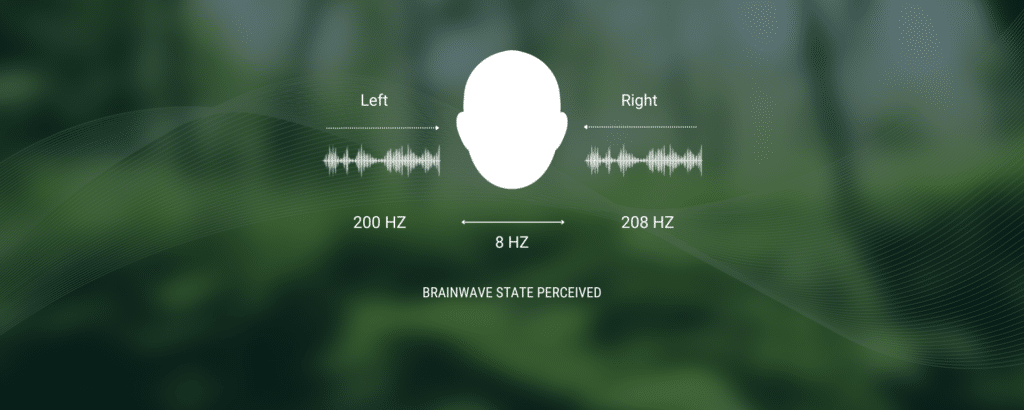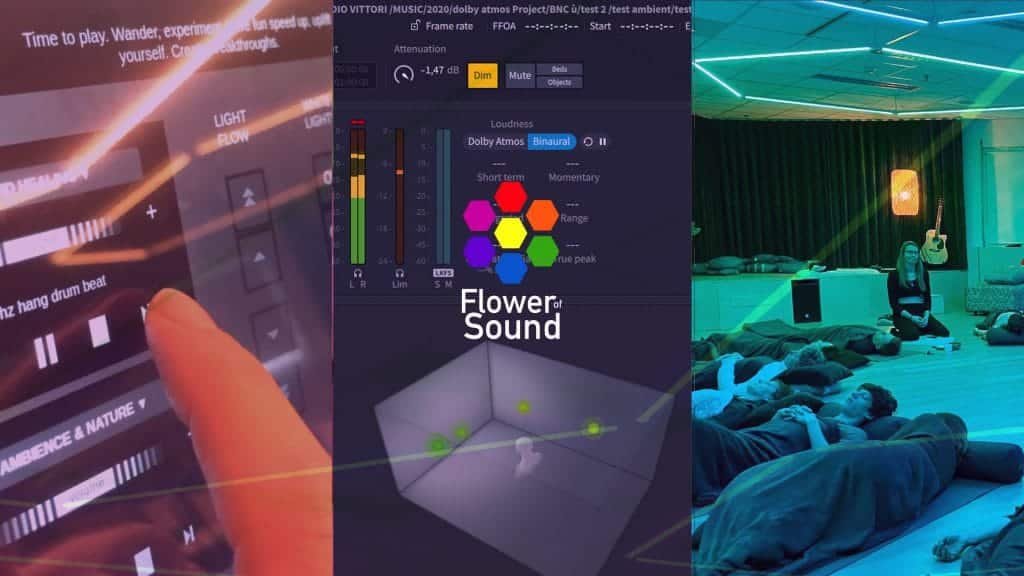Why there’s no single “right” system, and why that’s okay.
If you’ve ever searched online for chakra frequencies, you’ve probably ended up more confused than when you started. One chart links the root chakra to 256 Hz, another to 396 Hz, and a third to 194 Hz. Some people swear by Solfeggio tones, others follow planetary tunings, and still others say it’s all about the voice.
So which system is right?
The short answer: all of them and none of them.
Why So Many Systems?
The idea of mapping sound to the body’s seven chakras is relatively modern. Ancient yogic texts described these centres as psychic energies rather than musical notes or hertz values. The link between sound and chakra began much later, when Western musicians and mystics started translating Eastern philosophy into different acoustic frameworks.
That’s why we now have several overlapping systems:
-
The musical scale approach: assigning notes from C to B to the chakras, climbing the spine like a scale.
-
The planetary “Cosmic Octave” system: based on astronomical cycles converted into audible frequencies.
-
The Solfeggio scale: a modern reinterpretation of ancient Gregorian chants, now mapped to chakras for sound healing.
-
The mantra approach: using seed syllables (LAM, VAM, RAM, etc.) as vibrational activators without fixed frequencies.
Each of these frameworks was developed independently.
The Myth of the “Correct” Frequency
It’s tempting to think there’s one “true” chart that unlocks the chakras like a combination lock. But science and history suggest otherwise.
There’s no historical or scientific evidence supporting the idea of healing chakras with specific Western musical notes. The reason? This practice lacks a firm grounding in traditional texts. What’s consistent across all traditions is the principle that focused sound can affect how we feel, breathe, and think.
Jonathan Goldman, one of the pioneers of modern sound healing, explains this through his formula:
Frequency + Intention = Healing.
So it’s not only the exact vibration that matters but the awareness and intention behind it. Two people can chant the same tone and experience completely different results, depending on their focus and emotional state.
Why There’s No Consensus
There are a few reasons why no single chakra-frequency system has become universal:
1. The chakras themselves are symbolic
Traditional yoga never presented them as measurable anatomical objects; they’re maps of experience. Translating a symbolic system into fixed physics will always create variations.
2. Western tuning systems differ
Whether an artist uses A = 440 Hz, 432 Hz, or 444 Hz changes the entire scale. A “C note” in one chart is a different frequency in another.
3. Cultural translation
When Eastern energy models entered Western science and music theory, they met different languages, instruments, and expectations. What was once a meditative tool became an engineering problem, and every engineer has a different calculator.
4. Human perception
Even if two people listen to the same 528 Hz tone, their bodies and brains won’t respond identically. Research shows that perception of comfort, tension, affect, or resonance varies with personal sensitivity, hearing range, training, and mood.
So the lack of consensus on which system works best reflects how sound works: vibration meets perception.
What Actually Works
What research does show is that structured listening and chanting can reduce stress, anxiety, depression, and restlessness. Studies on mantra meditation and focused-sound sessions indicate calmer brainwave patterns, lower heart rates, better HRT, and improved mood regulation.
It’s the practice, not the spreadsheet, that matters.
If you use a specific frequency to guide your breath, anchor your attention, or enter a meditative state, it’s already doing its work. The key is to stay attuned to your own response.
You can ask yourself: Does this tone make me feel grounded, open, restless, happy, or heavy? Does a specific pitch feel like it clears space, makes you feel lighter, or focused? Let that feedback shape your practice more than the numbers on a chart.

Sound, Intention, and Listening
At Flower of Sound, we see these systems not as competing truths but as different languages for the same conversation. Each gives us a way to explore how sound interacts with our awareness.
The most transformative moments don’t come from choosing the “right” frequency; they come when you listen differently: when tone, breath, and intention align.
Our new release, Envelop– Deep Lotus, was designed from that understanding: a blend of ambient layers and chakra-based tunings that invite calm attention rather than dogma.
So, the next time you see a chart claiming that one specific frequency unlocks your energy, remember: there’s no secret code to crack. The real alignment happens when you become the instrument and when sound becomes a way of listening inward.
Further Reading
-
Jonathan Goldman, Healing Sounds: The Power of Harmonics
-
Deepak Chopra, Chakra Balancing Meditation
-
Álvarez-Pérez Y et al. (2022) Effectiveness of Mantra-Based Meditation on Mental Health: A Systematic Review and Meta-Analysis” published in March 2022 PubMed Central
-
Hans Cousto, The Cosmic Octave
FAQ: Chakra Frequencies Explained
What are chakra frequencies?
Chakra frequencies are sound vibrations ( often expressed in hertz (Hz) ) that are associated with the body’s seven main energy centres, or chakras. Each chakra is thought to respond to a different tone, note, or frequency, helping balance body and mind. While there’s no single scientifically proven system, many people find these sounds deeply relaxing and supportive in meditation.
Why are there different chakra frequency systems?
Chakra theory originated in ancient India as a symbolic and energetic model rather than a physical one. When it was later translated into Western music and science, multiple systems emerged: the musical C–B scale, Hans Cousto’s planetary frequencies, the Solfeggio tones, and traditional Sanskrit mantras. Each system approaches the same idea—balancing energy through sound—from a different perspective.
Which chakra frequency chart is correct?
There’s no universal chart. Each system can work, depending on how it’s used. What matters more than the exact number is your listening intention: how you focus, breathe, and feel as you engage with the sound. As Jonathan Goldman puts it: “Frequency + Intention = Healing.”
Are chakra frequencies scientifically proven?
There’s no hard scientific evidence that specific frequencies activate specific chakras. However, research on mantra meditation and focused sound listening shows measurable benefits, including reduced stress, a slower heart rate, and improved emotional balance. The physiological effects come mainly from breathing, rhythm, and attention, not a single frequency value.
What’s the difference between Solfeggio, planetary, and mantra systems?
-
Solfeggio: modern tones (396–963 Hz) inspired by Gregorian chant intervals.
-
Planetary (Cosmic Octave): frequencies mathematically derived from astronomical cycles (e.g., Earth’s rotation = 194.18 Hz).
-
Mantra: ancient Sanskrit syllables (LAM, VAM, RAM, YAM, HAM, OM) chanted to vibrate the body directly, rather than using fixed pitches.
All three can be used for meditation — they just focus on different layers of sound experience.
Why do some people prefer one system over another?
It often comes down to resonance and personal response. Some listeners feel grounded by low planetary tones; others prefer the high, airy Solfeggio sounds or the natural resonance of chanting. Human hearing and emotion are highly individual what calms one person might overstimulate another.
Can listening to chakra frequencies be harmful?
Not usually, but it’s important to listen mindfully. Keep volume at a comfortable level, avoid harsh or distorted sounds, and stop if you feel tense or dizzy. Like any meditative tool, the goal is gentle focus, not endurance.
How can I use chakra frequencies effectively?
-
Choose a quiet space and a comfortable position.
-
Set an intention for calm, grounding, clarity, or openness.
-
Listen or chant for 10–20 minutes, staying aware of breath and sensation.
-
Reflect on how you feel afterwards.
You can combine tones with breathing, yoga, or journaling to deepen the effect.
Where can I listen to chakra-based music?
You can explore Flower of Sound’s ambient album Envelop – Deep Lotus, which blends chakra-inspired tunings with immersive 3D sound design for deep listening and relaxation.


